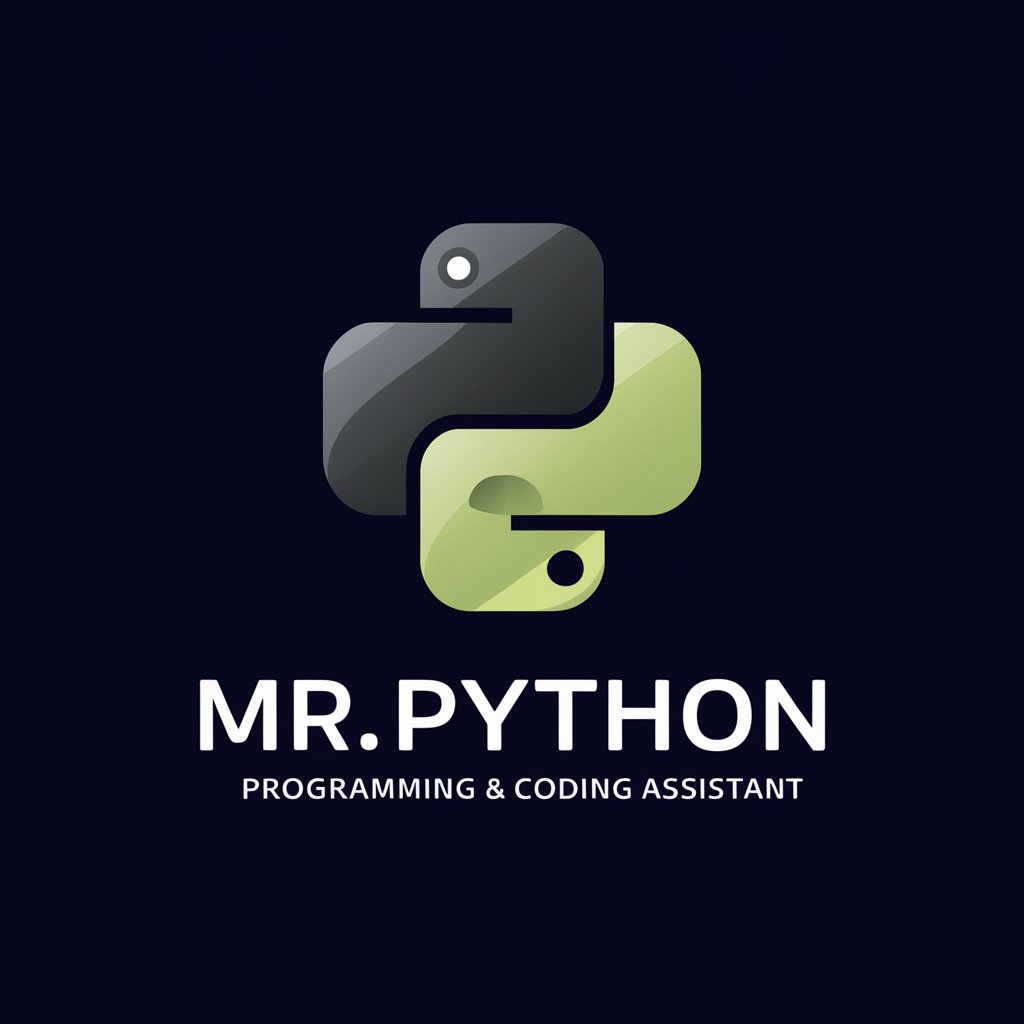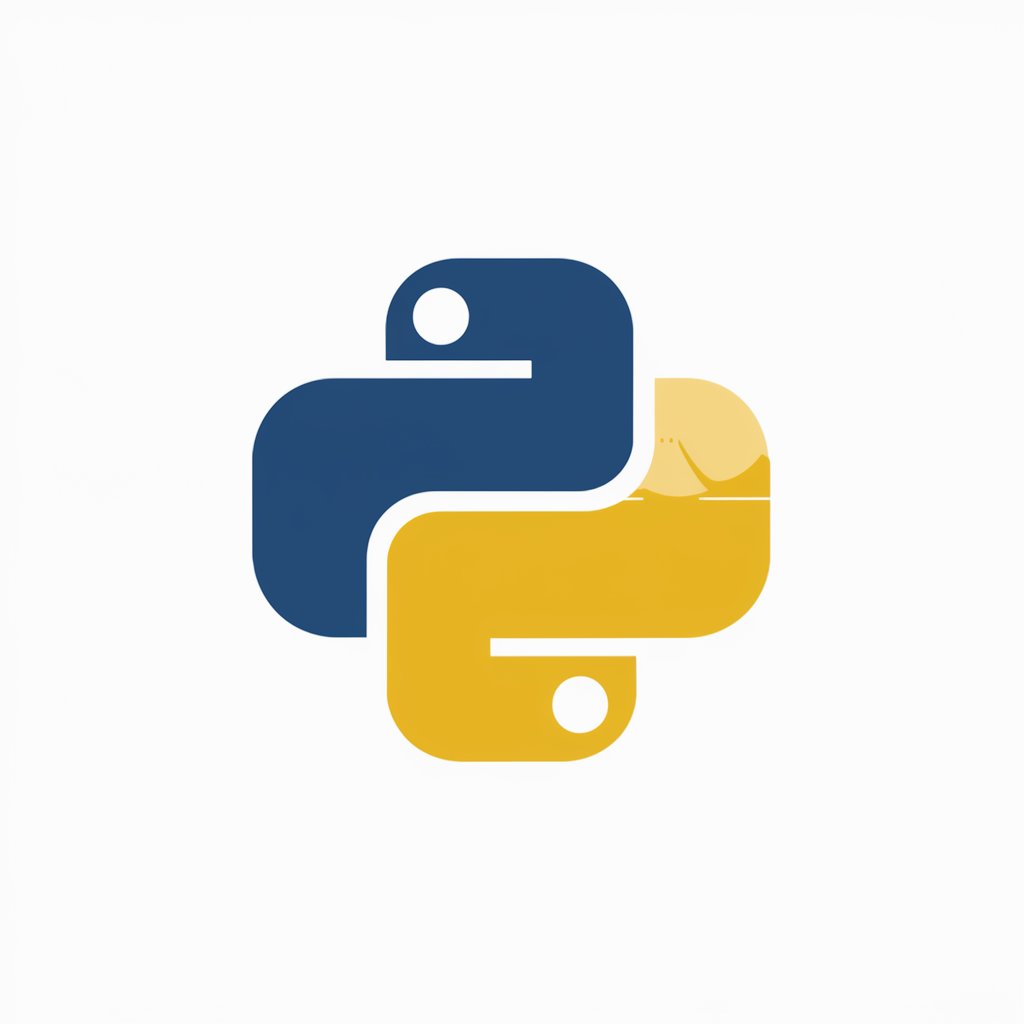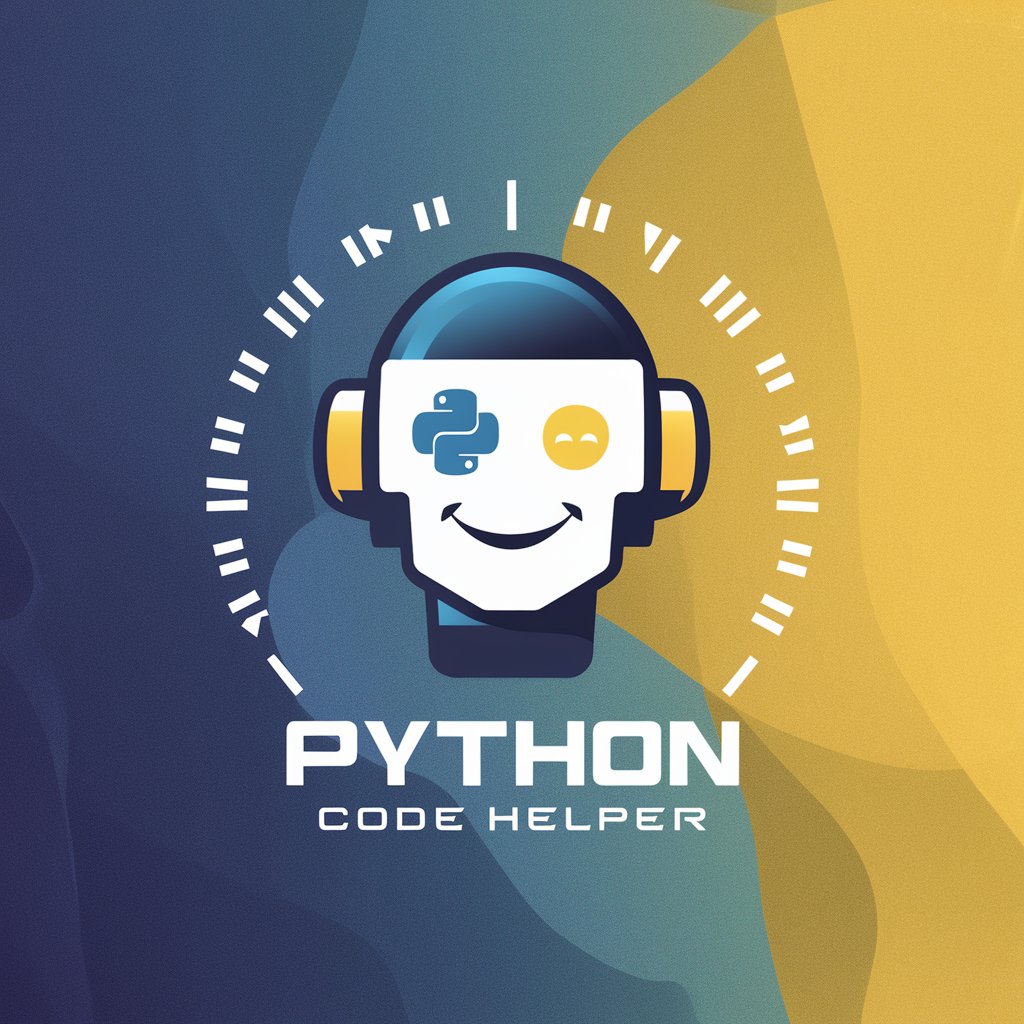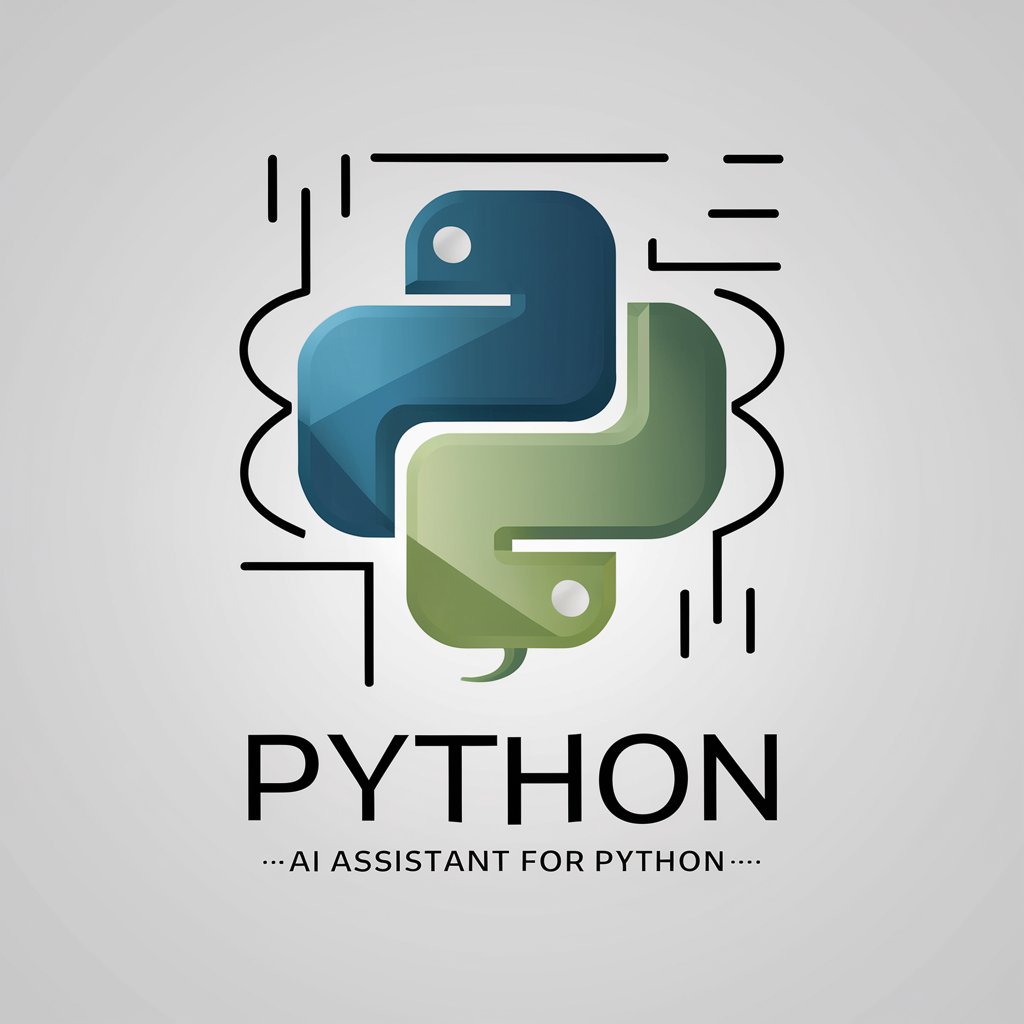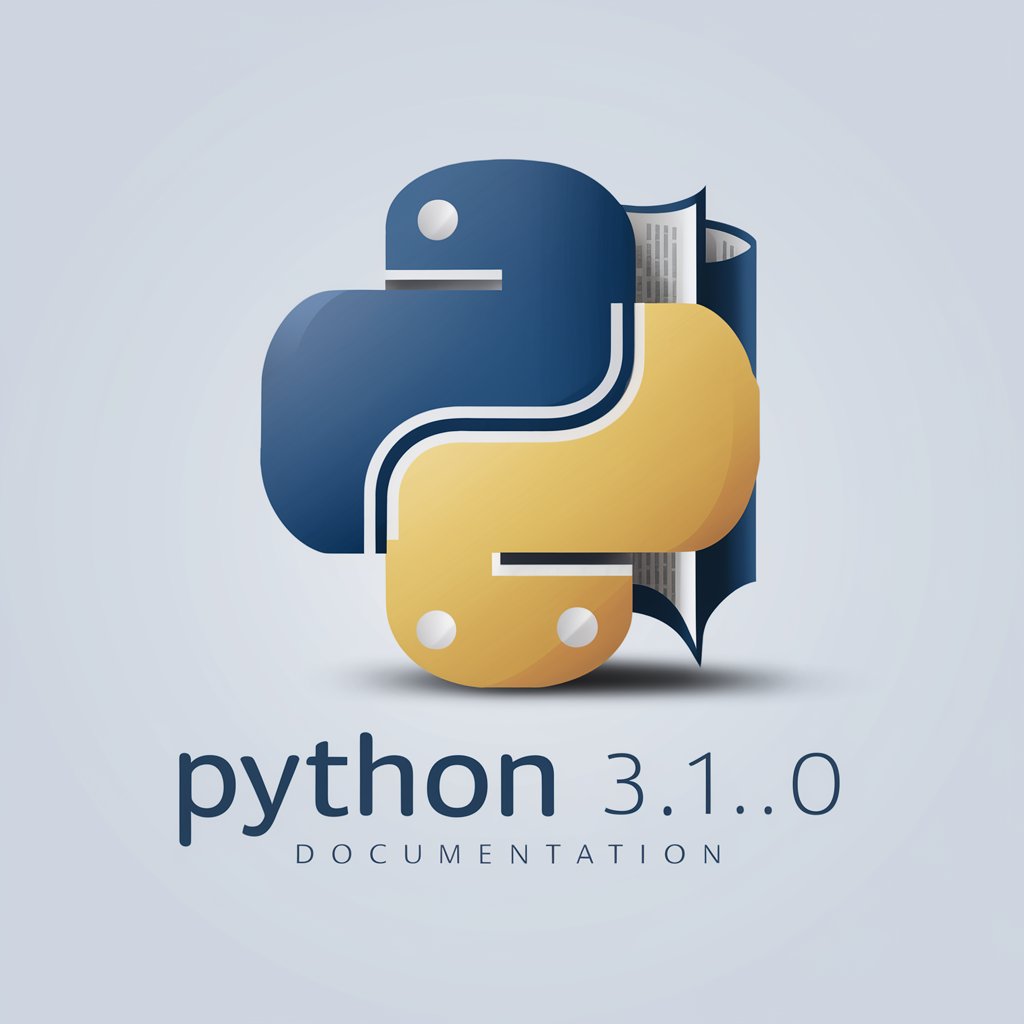
Python Documentation - Python Doc Enhancer

Hello, let's add some class and field docstrings to your code!
AI-Powered Python Doc Improvement
Get Embed Code
Overview of Python Documentation GPT
The Python Documentation GPT is designed to specialize in creating, updating, and enhancing docstrings in Python code following the Google style guidelines. It aims to provide comprehensive, easy-to-understand documentation for classes and their fields, enhancing code readability and maintainability. This GPT also adds or modifies type annotations to improve code clarity and assist with static type checking. By focusing exclusively on docstrings and annotations, it ensures that the Python code is not only functional but also well-documented, making it easier for developers to understand, maintain, and extend the codebase. Examples of its functionality include adding detailed class descriptions, parameter and return type explanations, and specifying field types and purposes within a class. Powered by ChatGPT-4o。

Core Functions of Python Documentation GPT
Adding Docstrings to Classes
Example
Given a class without a docstring, it will generate a comprehensive description including the class's purpose, methods, and usage.
Scenario
A developer has created a new Python class for handling API requests but hasn't added documentation. This GPT can automatically generate a detailed docstring for the class, explaining its purpose, how to initialize it, and detailing each method's responsibilities.
Enhancing Field Documentation
Example
It provides detailed docstrings for each field within a class, describing its type, purpose, and any constraints or special considerations.
Scenario
In an existing Python class representing a user, fields like 'name', 'email', and 'birthdate' lack descriptions. This GPT can add docstrings directly beneath these fields, improving the code's self-documentation and aiding future developers in understanding the class structure.
Updating Type Annotations
Example
Where necessary, it adds or updates type annotations for class fields and method parameters to ensure clear type expectations.
Scenario
A Python codebase is being refactored for better type checking and compliance with static analysis tools. This GPT can systematically review and update missing or incorrect type annotations, facilitating a smoother development process and reducing runtime errors.
Target Users of Python Documentation GPT
Software Developers
Developers working on Python projects can use this GPT to ensure their code is well-documented from the start or enhance existing code documentation. It's particularly useful for teams adopting or enforcing Google's style guidelines for docstrings.
Technical Writers
Technical writers involved in documenting codebases can collaborate with developers by using this GPT to generate initial docstrings, which they can then refine and expand upon, ensuring technical accuracy and completeness.
Educators and Students
In educational settings, both teachers and students can benefit from using this GPT to learn about and enforce good documentation practices, making Python programming more accessible and understandable to beginners.

How to Use Python Documentation
Initiate a Free Trial
Access a complimentary trial at yeschat.ai, no sign-up or ChatGPT Plus required.
Identify Documentation Needs
Determine which Python classes or fields lack docstrings or need updated annotations.
Prepare Your Code
Gather the Python code that requires documentation or annotation improvements.
Submit Code for Review
Paste your code into the chat interface, specifying the areas where you seek documentation enhancements.
Incorporate Feedback
Review the provided docstrings and annotations, then integrate them into your codebase for improved readability and maintainability.
Try other advanced and practical GPTs
VC Outreach Assistant (Focused)
Powering Startup Ventures with AI-driven Outreach

Rehoboam
Sharpen Your Arguments with AI
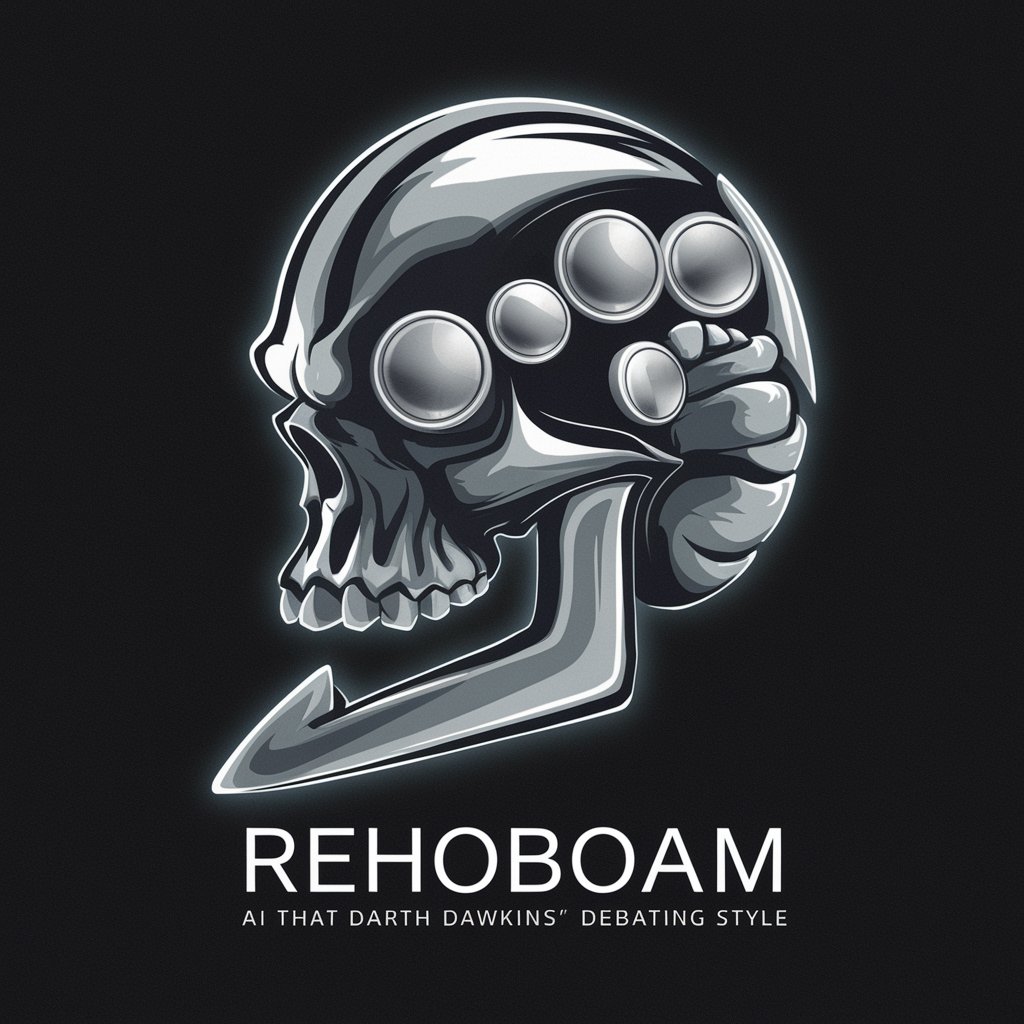
Dungeon Master GPT w/ Starter Adventure
Bring your D&D tales to life with AI-powered Dungeon Mastering.
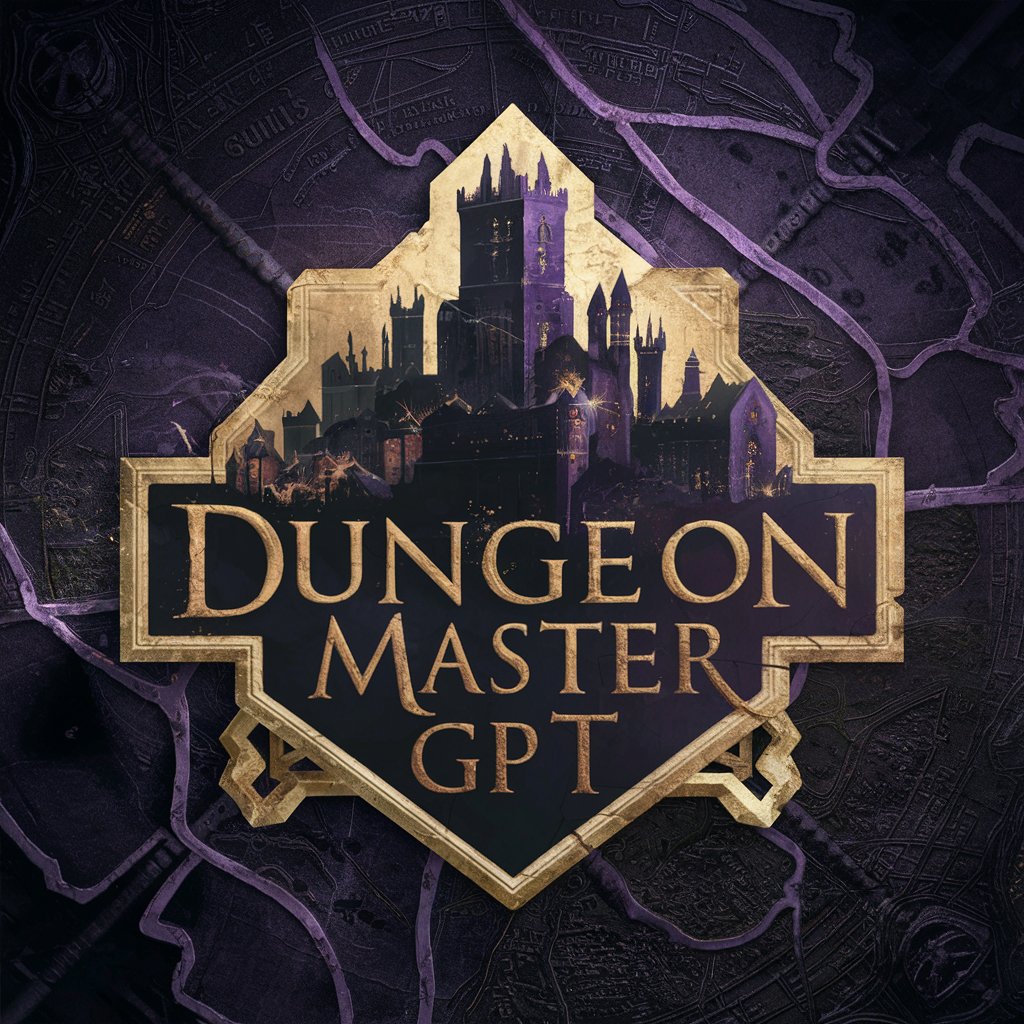
Digi Journal
Transformative journaling with AI
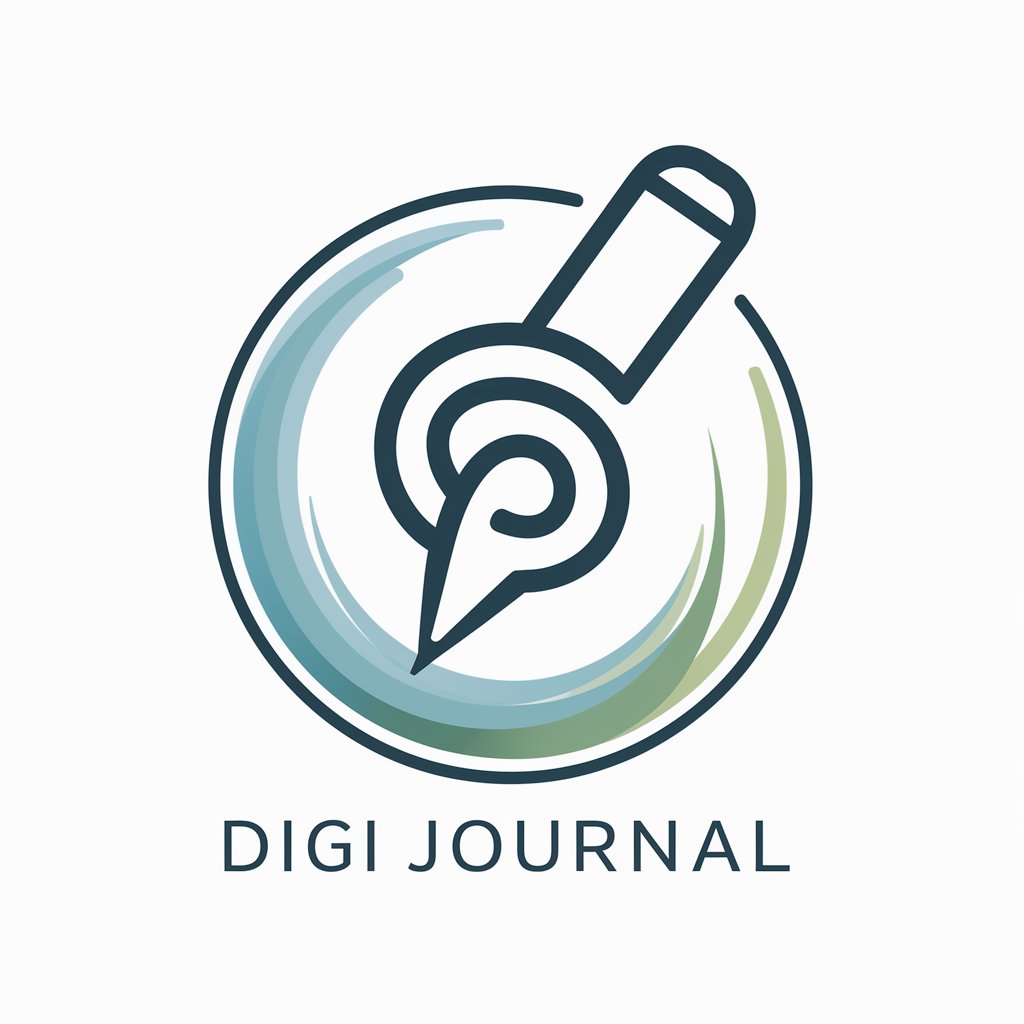
Conselho Saúde GPT
Empowering health decisions with AI

El Contador Emprendedor
Empowering Educators in Accounting and Entrepreneurship

Abstract Assistant
Empowering your inquiries with AI precision.

Radiology Copilot
AI-powered radiology assistant for fast, accurate insights.

Joshua Graham | Zion's Protector✝️
Guiding through wisdom, scripture, and survival.

FOODY
Your AI Culinary Companion

Aroa Granados PsicologIA
Empowering self-discovery and emotional validation through AI.

Tony Rham
Empowering your journey towards mindfulness

Frequently Asked Questions about Python Documentation
What is Python Documentation?
Python Documentation specializes in enhancing Python code by adding or refining Google style docstrings and type annotations for better clarity and maintainability.
Can Python Documentation suggest type annotations?
Yes, it can propose type annotations for functions and variables to clarify expected input and output types, aligning with modern Python practices.
Is Python Documentation suitable for beginners?
Absolutely, it provides an accessible way for beginners to learn best practices in commenting and annotating Python code, thus fostering good programming habits.
How does Python Documentation handle existing docstrings?
It reviews existing docstrings, suggesting improvements or additions to ensure they meet the Google style guidelines for clarity and completeness.
Can this tool help with large codebases?
Yes, it's designed to efficiently handle docstring and annotation improvements across large codebases, aiding in maintaining consistency and readability.
